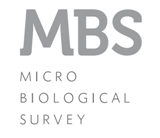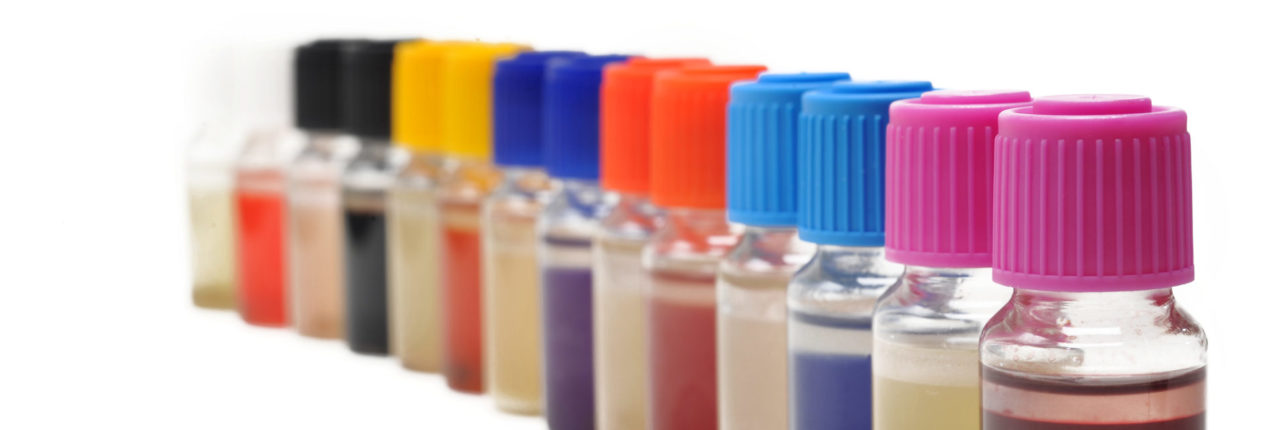The MBS-HACCP&WATER Easy test uses “Micro Biological Survey – MBS” method. The system is a colorimetric reaction developed and patented by “Roma Tre University” based on the measurement of the catalytic activity of oxidoreductase enzymes of primary metabolism, which allows you to determine a correspondence between microorganism and enzyme activity in the sample.
Traditional methods of microbiological analysis
The traditional methods to perform microbiological analysis of a liquid (eg. water) or solid (eg. food) is based on the detection of microbial propagation through the plate count method and the method of Most Probable Number (MPN).
Strengths The multiplication of microorganisms can easily be seen with the naked eye, in solid selective media (for the microbiological testing of liquids) or liquid media (for the microbiological examination of solids).
Limits These methods require a lot of work on the part of a skilled technician and the need for a laboratory readily equipped to sterilize the material to use while maintaining sterile conditions. The lack of sterility in fact leads to microbial pollution unrelated to the test sample with a consequent loss of significance in the analysis.
Immunological and genetic methods
In the context of rapid methods of microbiological analysis, the use of antibodies or genetic probes are those which have had a greater impact in the field of microbiology.
Strengths The specificity of monoclonal antibodies and genetic probes have allowed the development of many methods of immunological and genetic analysis. They are typically very fast (one hour) and the speed and sensitivity can be increased through the use of automatic or semi-automatic system. Because they are generally used more for detection than for counting, they are widely used in the clinical field.
Limits In this case, besides the need for specialized personnel and equipment, the inconvenience is represented by a low sensitivity (immunoassays) and / or difficulty and high cost of analysis (genetic methods). The high cost especially limits their use in food investigations for the presence of specific microorganisms. The quantification of the number of microorganisms present in the sample is not always possible and above all these methods can not distinguish between viable bacteria and non-viable bacteria.
Other colorimetric methods for microbiological analysis
Unlike traditional methods based on the detection of microbial multiplication, the colorimetric methods currently available are largely based on the detection of secondary metabolism of microorganisms.
Strengths On an average more rapid and simpler than traditional methods.
Limits Generally very expensive, often requiring the use of equipment worth tens of thousands of Euros and can not be used outside of specialized laboratories. Methods based on the change in fluorescence can only be used with liquid samples that are not colored or turbid.
No other method of microbiological analysis has all the following features:
- SPEED: 2 to 5 times faster than the traditional methods
- EASE TO USE: Anyone can carry on the analysis without any other reagents or instruments anywhere;
- SENSITIVITY: Until the statistical threshold of a single cell in the sample;
- SELECTIVITY: Until experimental limit of 99.9% to other bacterial species
- COST: The cost of each analysis is about 2 to 4 times cheaper than traditional analysis, which must be performed by a skilled technician operating in fully equipped laboratories


